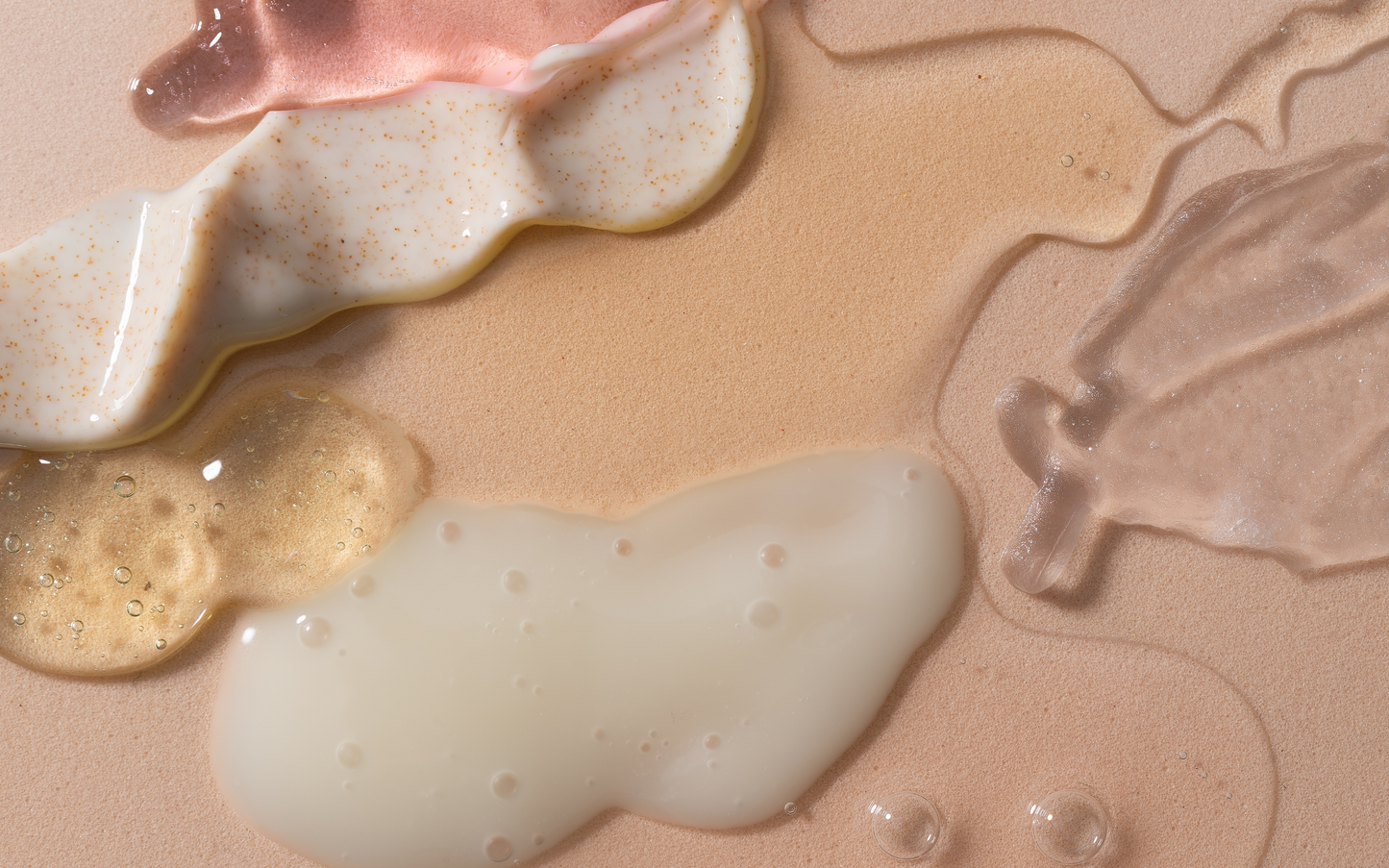
Key Ingredients for Post-Sugaring Care
After a sugaring treatment, the skin needs soothing, moisturizing, and anti-inflammatory ingredients to help it recover. Some of the most commonly used ingredients include:- Aloe Vera: Renowned for its soothing and moisturizing properties, Aloe Vera helps to calm irritated skin and accelerate healing.
- Witch Hazel: Known for its anti-inflammatory and astringent properties, Witch Hazel helps to reduce redness and irritation.
- Bisabolol: This natural compound is derived from chamomile and has soothing, anti-inflammatory, and antimicrobial effects.
- Panthenol: Also known as provitamin B5, Panthenol is a powerful moisturizer that helps to repair the skin barrier and reduce inflammation.
- Chamomile: Another soothing ingredient, chamomile is known for its anti-inflammatory and calming effects.
- Rose Water: Soothes, reduces redness, and brings relief.
When selecting products for post-sugaring care, it’s essential to avoid fragrances and perfumes. These additives can trigger unexpected skin reactions and carry a high risk of causing allergies.
The Importance of Microbiological Purity
In addition to active ingredients, the microbiological purity of a cosmetic product is vital. Especially in water-based products like lotions, gels, balms, creams, serums, and tonics, the presence of bacteria is almost inevitable. While most cosmetics aren’t sterile, they must be produced under strict hygienic conditions and with an adequate preservation system to prevent microbial overgrowth.In the European Union, regulations require manufacturers to conduct laboratory tests to verify the bacterial and fungal counts in their products and perform preservative challenge tests. This involves deliberately contaminating the product with microorganisms to see if the preservative system can halt microbial growth. Additionally, certain harmful bacteria, such as E. coli, must be completely absent.
This is especially important in the context of sugaring, where the skin's barrier is temporarily compromised, and hair follicles remain open post-treatment. Introducing a contaminated product could lead to severe skin issues, so it’s crucial to choose products from trusted suppliers, store them properly, and regularly check expiration dates.
Addressing the Issue of Ingrown Hairs
Ingrown hairs are a common concern following hair removal treatments. While a properly executed sugaring treatment (with correct hair removal direction) can significantly reduce this problem, it doesn’t eliminate it entirely. Several factors contribute to ingrown hairs, including individual predispositions, lack of proper skin hydration, insufficient exfoliation between treatments, and wearing tight clothing made from non-breathable materials like leather or latex.Interestingly, the regular use of sugaring can weaken hair follicles, causing hair to grow back finer and slower. However, this weakening can sometimes lead to hair being too weak to break through the skin, resulting in ingrown hairs.
Active Ingredients in Anti-Ingrown Hair Products
To combat ingrown hairs, several effective approaches can be used:- Chemical Exfoliation: Acids, particularly salicylic acid, are commonly used for this purpose. However, salicylic acid is regulated in Europe due to its potential hormonal effects, and its concentration in cosmetics is limited to 2% in rinse-off products For those preferring natural products, salicylic acid derived from wintergreen essential oil is an excellent, though costly, alternative. Salicylic acid used in the right concentration and topically (not on the whole body in lotion form) should not be seen as risky. Other beneficial acids include lactic acid, azelaic acid, glycolic acid, and gluconolactone. These acids help remove dead skin cells, improve hydration, and loosen bonds between cells, making it easier for hairs to break through the skin. It should be remembered that the use of chemical exfoliation is associated with the need to avoid sunbathing or use sunscreen where acids have been used.
- Urea: Depending on its concentration, urea can either moisturize (up to 5%) or exfoliate and soften the skin (above 5%). This makes it particularly effective for dealing with dry skin and ingrown hairs.
- Essential Oils: Essential oils like tea tree, cinnamon, and eucalyptus are often used for their antimicrobial and anti-inflammatory properties. While they can support the fight against ingrown hairs, they should not be relied upon as the primary solution. It’s also important to note that essential oils can cause allergic reactions in some individuals.
- Plant-Based Oils: Popular in the sugaring community, plant-based oils are often used for skin care between treatments. While these oils have valuable properties and can help retain moisture by creating an occlusive layer on the skin, they are not a standalone solution for preventing ingrown hairs. Instead, they should be complemented by ingredients that directly hydrate the skin, such as glycerin, hyaluronic acid, lactic acid, or urea.
Mechanical Exfoliation
Mechanical exfoliation using sugar or salt scrubs is an excellent addition to home care routines between sugaring sessions. Regular exfoliation helps prevent ingrown hairs by removing dead skin cells that can trap hair beneath the surface. However, it’s important to avoid exfoliating daily, as this can be too harsh on the skin. Since these scrubs often contain oils, avoid using them on the same day as your sugaring treatment to ensure the sugaring paste adheres properly to the hair.Conclusion
In summary, understanding and analyzing the ingredients in post-sugaring products is essential for effective aftercare. By carefully selecting products with the right ingredients, you can significantly enhance your clients' skincare routine, helping them maintain smooth, healthy skin and reducing the risk of ingrown hairs. Stay curious, keep reading those ingredient labels, and continue to prioritize the well-being of your clients' skin.
